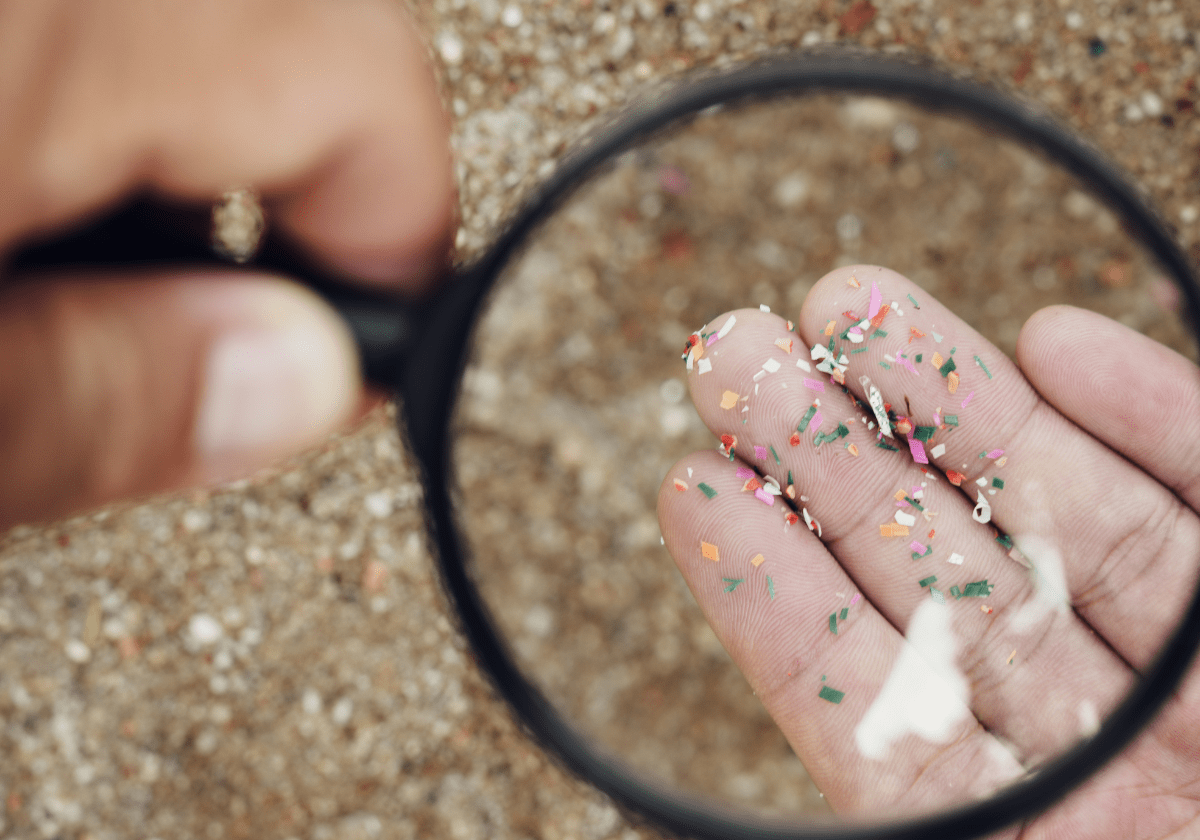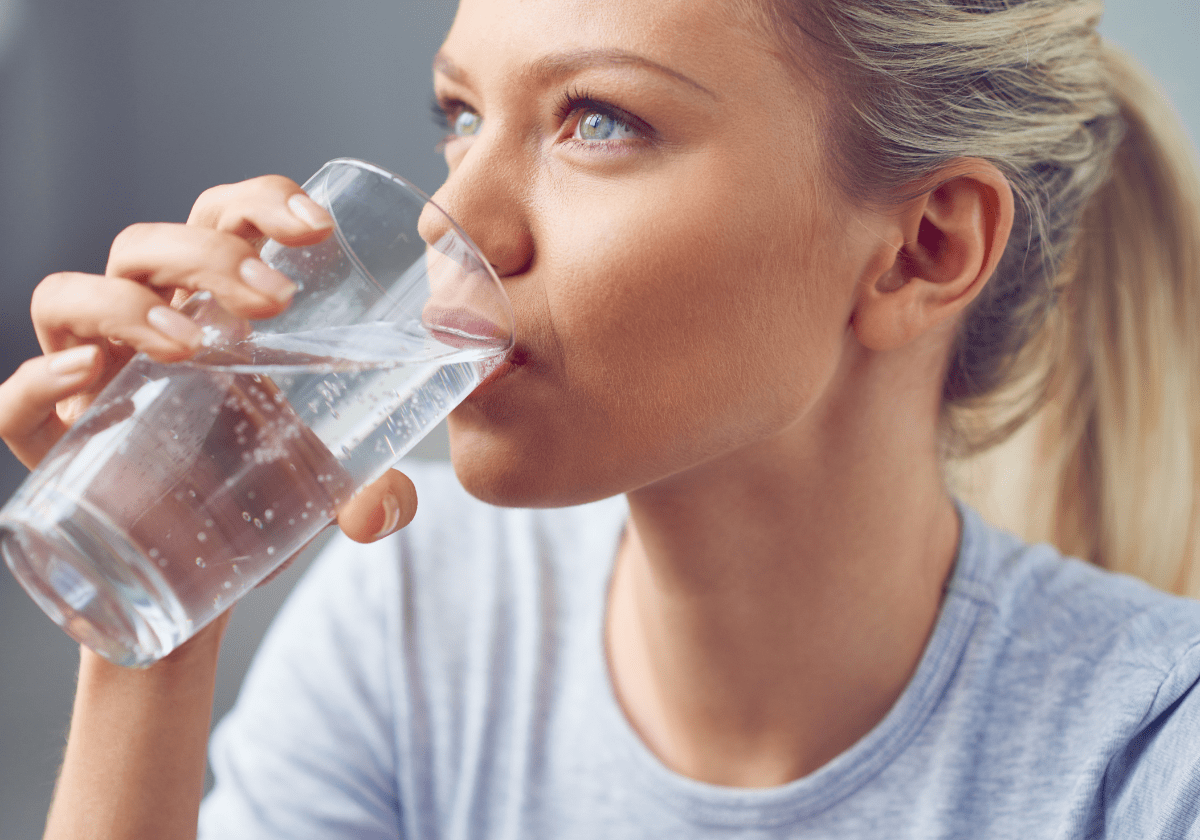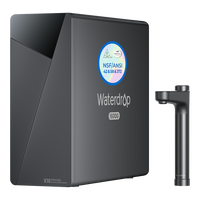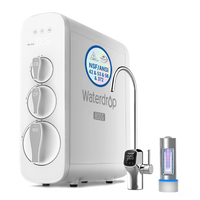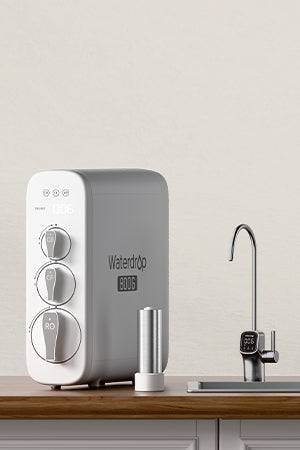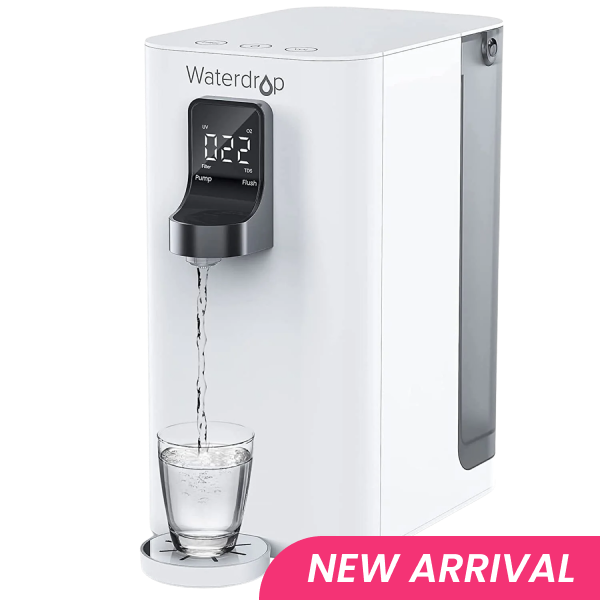According to recent studies, the process of boiling tap water before consumption has been shown to effectively remove roughly 90% of microplastics present in the water supply. Microplastics, as defined by
the National Oceanic and Atmospheric Administration (NOAA) , are plastic particles that are very tiny, measuring less than 5 millimeters or 0.2 inches in size.
According to the
World Health Organization , there is a need for more ambiguous and limited research on the impact of these microplastics on human health. Although some polymers, like polystyrene, may seem harmless, research has shown that they may harm human cells, cause irritation in the digestive system, and reduce mice’s fertility.
A recent research published in the journal
Environmental Science & Technology Letters offers promising insights into the battle against these elusive petrochemical particles. This suggests that boiling and filtering tap water may effectively remove a significant number of microplastics, enhancing its potability.
What Are Microplastics and Where Do They Come From?
Plastic is the predominant kind of marine debris found in the Great Lakes and the ocean. Plastic trash may manifest in many forms and dimensions, but “microplastics” are explicitly characterized as elements less than five millimeters, about equivalent to the dimensions of a pencil eraser. The potential impact of microplastic contamination on seas and aquatic organisms is a matter of concern.
The understanding of microplastics and their impacts remains limited due to the nascent research on this subject matter. The NOAA Marine Debris Program is responsible for supervising the examination in this instance. We are still testing the conventional field methods for collecting microplastic samples from soil, surface water, and sand.
What Is Microplastics’ Source?
Microplastics are derived from several origins, including breaking down considerable plastic debris into increasingly minute particles. Moreover, microbeads, a specific microplastic, comprise tiny polyethylene plastic particles that serve as exfoliants in cosmetics and other beauty and health goods such as toothpaste and cleansers. Due to their ability to bypass water filtration systems and enter the seas and Great Lakes, these minuscule particles have the potential to endanger aquatic organisms.
The topic of microbeads is not a recent development. The substitution of natural components in skincare products with plastics has been seen.
How Is it Possible to Have Microplastic-free Drinking Water?
It is impractical for the ordinary customer to inspect their household water for microplastics personally. However, it is possible to submit water specimens to a laboratory for examination, which is a costly approach that is likely to provide some level of confirmation about the presence of microplastics.
The development of regulations concerning microplastics in water is expected to occur in response to the increasing prevalence of microplastic pollution. In September 2022, California established a precedent by being the first state to mandate
microplastic testing in drinking water sources.
Before Consuming Water, Bring it to a Boil.
A recent study published in Environmental Science & Technology Letters on February 28 revealed that boiling water with high concentrations of minerals for five minutes can significantly decrease exposure to non-microplastic particles (NPPs) by up to ninety percent.
Scientists are now investigating the health hazards associated with exposure to microplastics. However, increasing evidence indicates that tiny plastics may accumulate in the body and lead to inflammation, oxidative stress, and liver problems.
The recent results indicate that boiling water can be a secure and convenient method for efficiently decontaminating domestic tap water. This might be particularly advantageous in underdeveloped countries where cost-effective and readily available clean water solutions are essential.
Investing in a Reverse Osmosis Water Filter
Boiling water and allowing it to cool before consuming it requires significant time. While it is a cost-effective method, it may not be practical for regular water use.
RO Water Filtration System with Instant Hot Water
Choosing for the use of hot water? We recommend the Waterdrop K19, our cutting-edge reverse osmosis system, for unparalleled ease. Advanced filtration systems obviate potential delays by providing instant access to heated water, in contrast to the traditional approach of boiling water and waiting.
The Waterdrop K19 facilitates the convenient consumption of a calming tea or a heated cup of coffee at one’s convenience. Indulge in your preferred hot drinks with utmost convenience with our systems, which integrate efficiency and choices into your daily regimen.
The Potential Effects of Microplastics on Human Health
Microplastics, environmental contaminants, are often found in oceans, isolated islands, and polar areas. The exposure to microplastics poses a significant new concern due to the potential damage they might do to ecological systems.
The issue of microplastics has been widely acknowledged for an extended period, and recent studies have shed light on their substantial detrimental effects on both the environment and the well-being of humans.
Due to their remarkable durability, removing microplastics from the regions where they accumulate poses significant challenges. Studies indicate that these substances may cause significant damage to the organisms they encounter due to their long-lasting nature and the presence of chemical compounds. This injury encompasses increased death rates, reduced feeding rates, and instances of poisoning. Moreover, they facilitate the transportation of contaminants up the food chain, posing a significant threat to human well-being.
Researchers are issuing cautionary statements about the escalating situation and expressing concern. All of the places where microplastics have been investigated have produced promising findings. These include mountains, the ocean, the ice that makes up the Arctic Sea, and even our bodies, as well as the air and drinking water.
In Summary
To summarize, the presence of microplastics in our water highlights the need for solutions. We can assist with that via our reverse osmosis systems. They protect elusive microplastics and perform functions beyond water filtration. Our technologies ensure that your water is both safe and clean for drinking.
